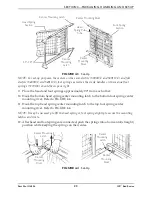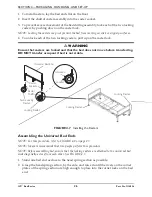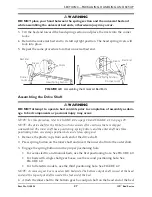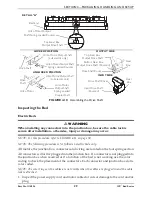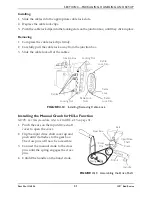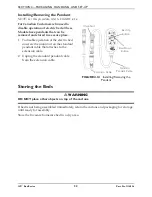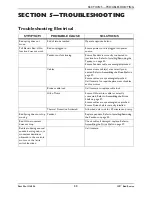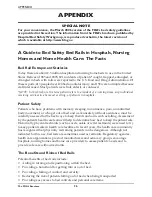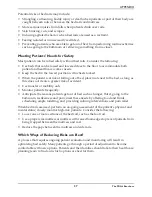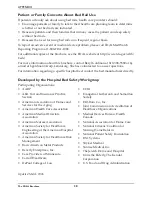
APPENDIX
37
The FDA’s Brochure
Potential risks of bed rails may include:
• Strangling, suffocating, bodily injury or death when patients or part of their body are
caught between rails or between the bed rails and mattress.
• More serious injuries from falls when patients climb over rails.
• Skin bruising, cuts, and scrapes.
• Inducing agitated behavior when bed rails are used as a restraint.
• Feeling isolated or unnecessarily restricted.
• Preventing patients, who are able to get out of bed, from performing routine activities
such as going to the bathroom or retrieving something from a closet.
Meeting Patients' Needs for Safety
Most patients can be in bed safely without bed rails. Consider the following:
• Use beds that can be raised and lowered close to the floor to accommodate both
patient and health care worker needs.
• Keep the bed in the lowest position with wheels locked.
• When the patient is at risk of falling out of bed, place mats next to the bed, as long as
this does not create a greater risk of accident.
• Use transfer or mobility aids.
• Monitor patients frequently.
• Anticipate the reasons patients get out of bed such as hunger, thirst, going to the
bathroom, restlessness and pain; meet these needs by offering food and fluids,
scheduling ample toiletting, and providing calming interventions and pain relief.
When bed rails are used, perform an on-going assessment of the patient’s physical and
mental status; closely monitor high-risk patients. Consider the following:
• Lower one or more sections of the bed rail, such as the foot rail.
• Use a proper size mattress or mattress with raised foam edges to prevent patients from
being trapped between the mattress and rail.
• Reduce the gaps between the mattress and side rails.
Which Ways of Reducing Risks are Best?
A process that requires ongoing patient evaluation and monitoring will result in
optimizing bed safety. Many patients go through a period of adjustment to become
comfortable with new options. Patients and their families should talk to their health care
planning team to find out which options are best for them.

